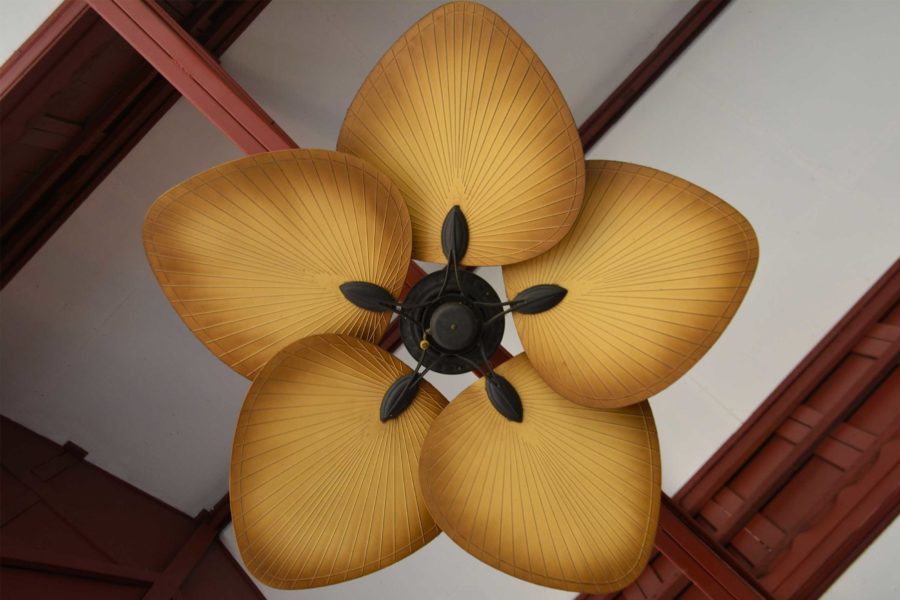The air outside may be harmful, but there’s a big chance that the air inside your home is just as contaminated — or worse. In fact, the Environmental Protection Agency states, “The concentrations of some pollutants” in the air within our homes “are often 2 to 5 times higher than typical outdoor concentrations.” There are many reasons for this, and below we delve into a few of the most impactful. We also provide some tips on how to improve the indoor air quality within your home.
Pollutants to Watch Out For
Volatile Organic Compounds (VOC): A variety of organic chemicals, such as acetone and formaldehyde, are found in many common household products. Paints, cleaning supplies, and permanent markers all tend to contain harmful VOC. Look for low-VOC paints and cleaning supplies with natural ingredients.
Combustion Pollutants: Combustion pollutants are gases or particles produced by burning materials. Improperly vented space heaters, fireplaces, dryers, water heaters, and wood stoves can introduce severe pollutants to a home. The type and amount of pollutant produced will vary depending on the equipment’s installation and maintenance.
Mold: Mold is one of the biggest triggers for asthma and allergies within a home. At any given time, a home will more than likely have mold growing somewhere — on top of dust mites, this can create a very poor air quality for the home.
5 Tips to Improve Your Indoor Air Quality
Tip 1: Get Carpets and Rugs Deep Cleaned
Vacuuming can get rid of some allergens and dander, but it doesn’t reach very deep into the carpet’s fibers. In order to fully get rid of hard-to-reach dirt, you need to regularly get your carpets and rugs professionally cleaned. If you don’t, you’ll eventually have an immense build-up of dirt, dust, and other allergens that can heavily impact the air quality in your home.
Tip 2: Stay Away from Synthetic Air Fresheners
Air fresheners and petroleum-based candles emit harmful chemicals. Homemade air fresheners and all-natural soy or beeswax candles produce just as good of a scent, but without the health hazards. Homemade fresheners are much better for indoor air quality and give you the option to create your own personal scents.
Tip 3: Use an Air Purifier
An air purifier can do wonders for the air quality within your home. Find one that eliminates VOC for an even deeper clean. A purifier will help cut down on the many allergens lurking in your house and give you a fresher home.
Tip 4: Change Filters Regularly
This is incredibly important — make sure to clean or change the various filters in your house regularly, especially when it comes to your furnace, air conditioner, air purifier and vacuum. Keeping those filters fresh is vital; otherwise, dust and harmful pollutants continue circulating through your home.
Tip 5: Get Some Fresh Air
Just as you would declutter your environment to freshen up your home and destress, open up your home and let in fresh air to clear the air, even if it’s just for a few minutes every day. Doing so can help rid your home of air contaminants. Furthermore, you’ll want to use a fan or open a window when cooking to get those toxins out of the house.



 2 min read
2 min read


